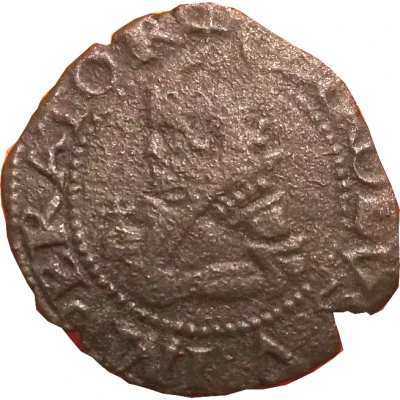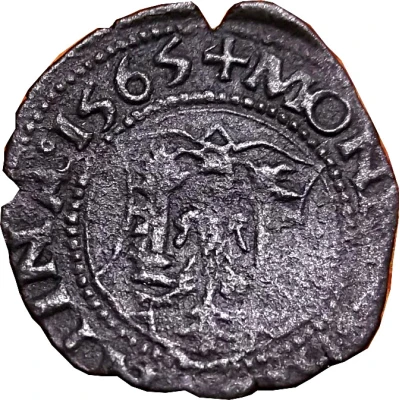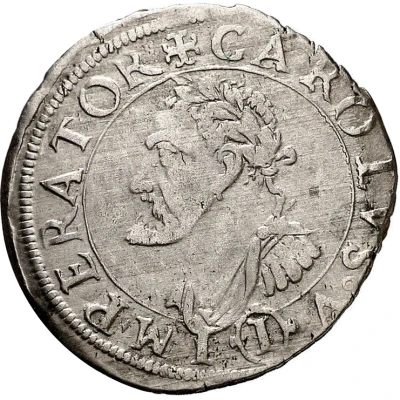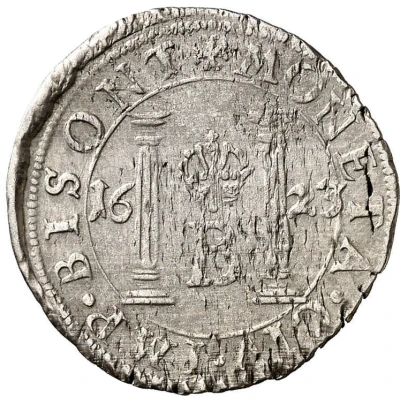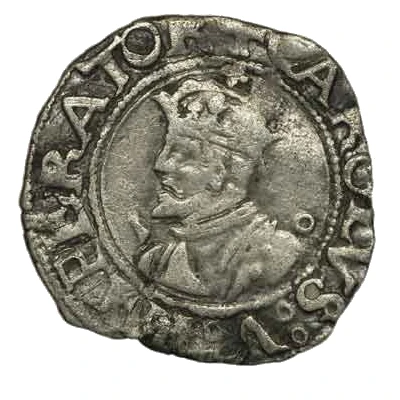


© CGB
½ Carolus - Charles V / Philip II Type II with shield
| Billon | 0.5 g | 14 mm |
| Issuer | Free imperial city of Besançon (French States) |
|---|---|
| Emperor | Charles V (Karl V) (1519-1558) |
| King | Philip II (1556-1598) |
| Type | Standard circulation coin |
| Years | 1538-1610 |
| Value | ½ Carolus = 1 Kreuzer (1⁄60) |
| Currency | Thaler (1537-1673) |
| Composition | Billon |
| Weight | 0.5 g |
| Diameter | 14 mm |
| Shape | Round (irregular) |
| Technique | Hammered |
| Orientation | Variable alignment ↺ |
| Demonetized | Yes |
| Updated | 2024-10-04 |
| Numista | N#65573 |
|---|---|
| Rarity index | 74% |
Reverse
Shield of city arms on a long cross dividing legend.
Script: Latin
Lettering: MONE | CIVI | BISV | 1549
Unabridged legend: Moneta Civitatis Bisuntinae
Translation: Coinage of the city of Besançon.
Comment
On May 8, 1534, Emperor Charles V granted his hometown the right to mint coins on the condition that his image would appear on them. After his death on February 24, 1558, these coins featuring the emperor's portrait continued to be minted posthumously for about 40 years.Interesting fact
One interesting fact about this coin is that it was minted during a time of great change and upheaval in Europe. Charles V, who is depicted on the coin, was the Holy Roman Emperor and King of Spain, and his reign saw the rise of Protestantism and the Protestant Reformation, as well as the decline of the Holy Roman Empire. Additionally, Philip II, who is also depicted on the coin, was King of Spain and the Netherlands, and his reign was marked by conflicts with England and the Dutch Revolt. The coin's minting in the Free Imperial City of Besançon, which was a small independent state within the Holy Roman Empire, adds another layer of historical significance to the coin.
